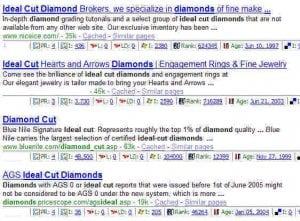gwendolyn
Ideal_Rock
- Joined
- Aug 4, 2007
- Messages
- 6,770
No kidding! I hope Mr. James catches up to our pal Rusty and gets some answers, since he''s obviously not willing to share them voluntarily with us!Date: 6/8/2008 7:29:57 PM
Author: purrfectpear
Oh we got quite an education all right. Some of us saw that coming like a snake oil salesman in a covered wagon










300x240.png)